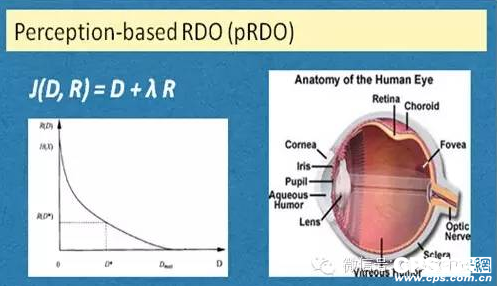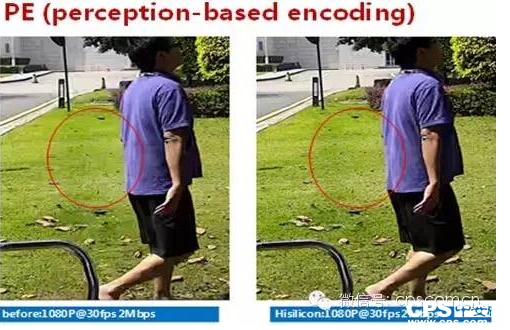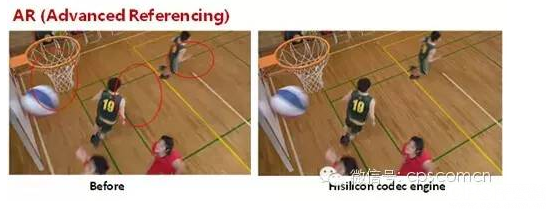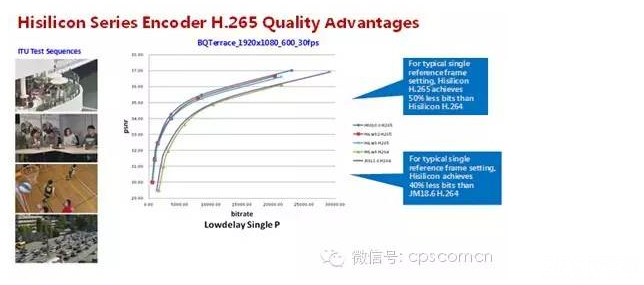The pursuit of higher definition is an ever-changing demand in the video surveillance industry. However, with increasing resolution, the basic link and storage cost have become the biggest obstacles to the rapid adoption of ultra-high definition video surveillance and industrial upgrading. As the core and soul of digital video surveillance, video encoding technology has greatly promoted the pace of commercial video surveillance and has formed a huge impact on the industry. Looking back, the most typical is the AVC/H.264 video coding standard that beats the MPEG-4 standard with excellent compression ratio and image quality, and completed the industrial iteration in a short time, and has been widely used so far. High-definition video surveillance not only stays in high-investment projects, but also gradually integrates into our daily lives. In this industrial revolution, HiSilicon launched the first AVC/H.264 SOC codec chip in the industry, accelerating the process of industrial upgrading, and continuing to invest in key technologies, through continuous innovation over the past 10 years. , Become a global leader in the field of video surveillance chip. In recent years, high-definition and full-HD have become increasingly popular. People have turned their attention to ultra-high-definition surveillance with a resolution of 3 million, a resolution of 5 million, and a resolution of 8 million. Higher resolutions carry more visual information, and they also consume incredible amounts of information. With the built-in bandwidth and storage, AVC/H.264 can't handle the full HD resolution. In 2014, Hass Semiconductor seized the industry's core demands and released the world's first security industry HEVC/H.265 IPC SOC, supporting 5 million resolutions, and effectively reducing 50% of the transmission bandwidth through HEVC/H.265 encoding technology. Reduced commercialization thresholds for visibility control. HEVC/H.265 is a new generation of video compression standard initiated and established by the International Standards Organization. It has many revolutionary changes compared to AVC/H.264. Under this video standard, HiSilicon in 2015 also innovatively optimized the HEVC/H.265 technology and launched Hass innovation HEVC/H.265+ technology to meet the high video quality of video surveillance. "Low stream" industry application requirements. Hass Hi-Lark encoder realizes HEVC/H.265 4K@30 frame encoding at the same time, the code stream can be lower than 1 Mbit/s, and maintain a very beautiful picture quality, which not only meets the development needs of the current video surveillance industry, It also laid the technical foundation for the opening of new business models such as live video. Here we briefly explain the highlights of Hass's HEVC/H.265+ unique technology, how to improve the user experience. Hass's new generation of HEVC/H.265+ encoding engine differentiates in the cognitive, adaptive and controllability of coding, and focuses on optimizing the objectives of the security industry, low bit rate demands, and network smoothness to achieve Very prominent effect. First, perceptual coding technology (Perceptual Encoding) The Human Visual System (HVS) is one of the main means by which people obtain external information. The HVS can sense primary visual information such as brightness, color, texture, orientation, spatial frequency and motion existing in the video scene. Visual neuroscientists have conducted extensive research on the visual perception mechanism (Visual Perception) of the HVS, and the visual neuroscience is also one of the most in-depth areas of research in the brain science. Since people are the main source of receiving video information, the principle of visual perception is used. It can improve the coding efficiency and computational efficiency of video coding.The traditional video coding algorithm does not distinguish the importance degree of each area in the visual sense when compressing the video image, in the allocation process of bit resources and computing resources, and HVS is not considered for the difference of video scene perception, however, HVS is selective for the perception of video scenes, different regions or objects have different visual importance, and HVS also has various distortions in different visual signals. With different sensitivity levels, these characteristics of the HVS can be used to instruct the video encoder to perform more efficient bit resource and computational resource allocation.Hays Semiconductor's new generation HEVC/H.265+ encoding engine algorithm utilizes multiple dimensions of visual perception. Such as brightness, color, texture, orientation, spatial frequency and motion, etc. Significantly increased coding compression efficiency. Second, advanced reference frame adaptive technology AR (Advanced Referencing) In the surveillance scenario, most of the pictures are still pictures or large-area still pictures, carrying too much useless information. Based on the predictive and transformive hybrid coding framework, reference frames can be used to effectively reduce the transmission of useless information, but the past reference frame refresh cycle is near. The effect is limited. Under the AR technology, using a self-adaptive GOP in a situation where the long-term picture of a specific scene does not change, the reference frame can be used for a long time, which can significantly improve the image quality/reduction of the code rate. Hass new generation HEVC/H.265+ adopts the forward B-frame technology to bring about an increase in the compression rate without increasing the system delay. Third, high rate control technology (RC) Hass new generation HEVC/H.265+ RC based on visual perception frame rate, line level, CU level multi-mode code rate control, precise and fast bit rate control, greatly enhance the subjective experience. For different scenes with different image quality requirements, such as low quality requirements for high-level shelves in the warehouse, and high requirements for the aisle handling process, ROI (region of interest coding) can be divided into multiple regions with different code rates, frame rates, and image quality. Individual adjustments and linkage with IVE (Video Intelligent Analysis Engine) can effectively reduce the coding rate. Periodic intra refresh technology, such as special transmission channels for aerial image transmission (3G, LTE, etc.), is optimized to split the I-frame multiple times, reduce network jitter, make the code stream smoother and more stable, and have better network adaptability. With Hassian Next-Generation HEVC/H.265+ Coding Engine optimized for many aspects of the surveillance industry, HEVC/H.265 encoders in most scenarios can achieve 30% to 50% higher compression ratio than AVC/H.264 encoders. Typical monitoring scenarios Hass own patented advanced reference frame adaptation technology can improve the compression rate by 50%~70%. Therefore, we have reason to believe that Hass next-generation HEVC/H.265+ will be able to quickly commercialize large-scale commercialization and create new industrial innovations with better compression rates and improvements in the characteristics of the surveillance industry. To live out this opportunity to come to the fore, let us wait and see. We provide some different purity of alumina ceramic tube, like 95%, 99%, 99.5% and 99.7% that it related to the specia requirement and application. Alumina Ceramic Tube,Alumina Ceramic Thermocouple Tube,Dry Pressing Alumina Ceramic Tube,Industrial Ceramic Alumina Tube, Alumina Ceramic Bushing, Alumina Ceramic Sleeve, Alumina Ceramic Pipes Jinghui Industry Ltd. , https://www.ceramictek.com





We are capable of dealing with customized service via fine grinding, maching, polishing according to clients' drawing, specification and practical samples.
The core power of the video surveillance industry revolution
Release date:2015/10/28 9:17:59